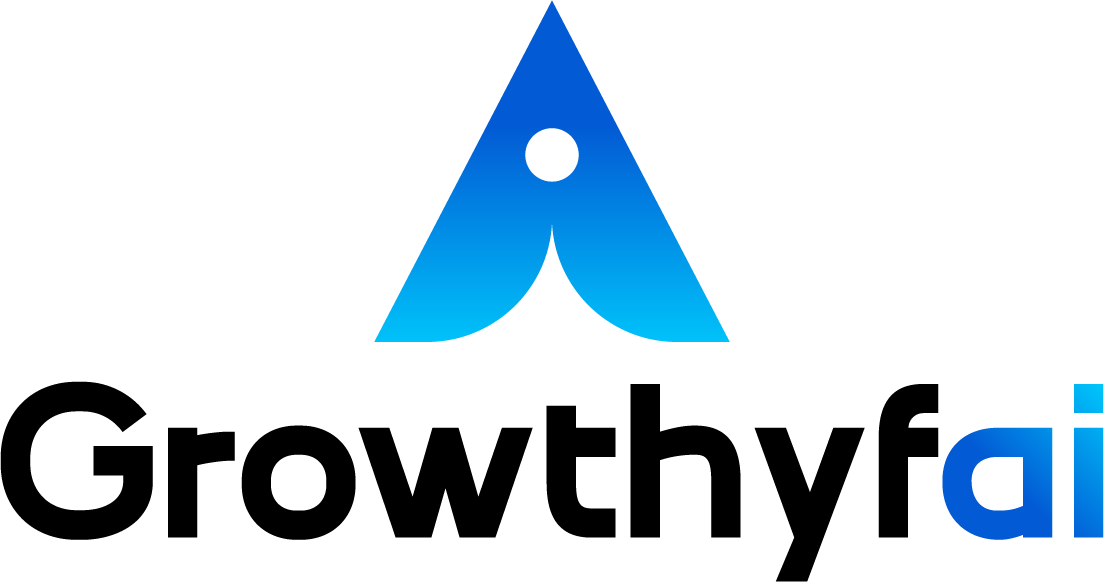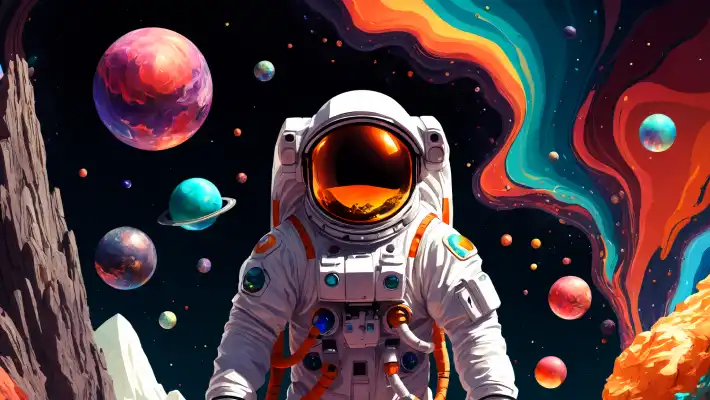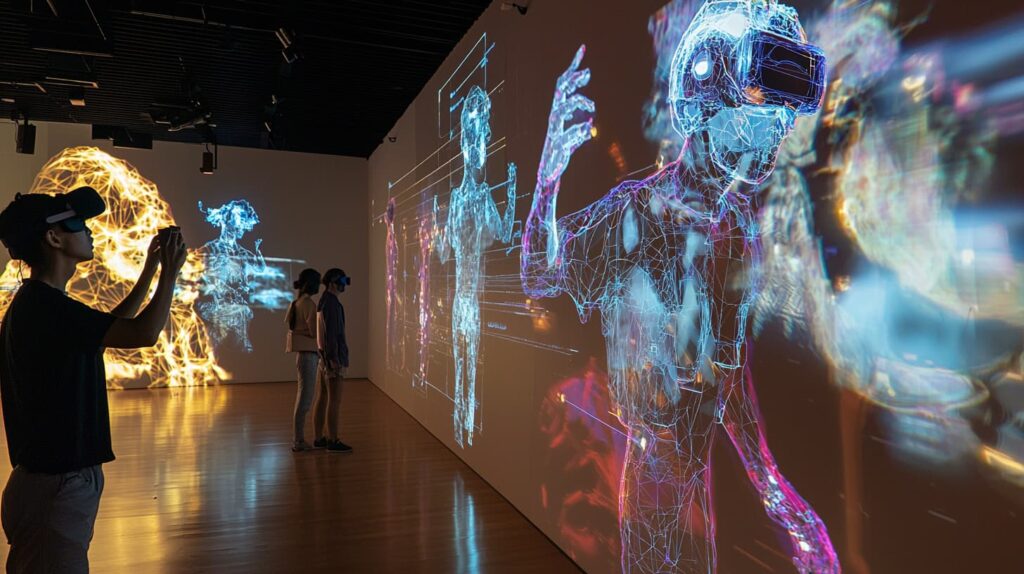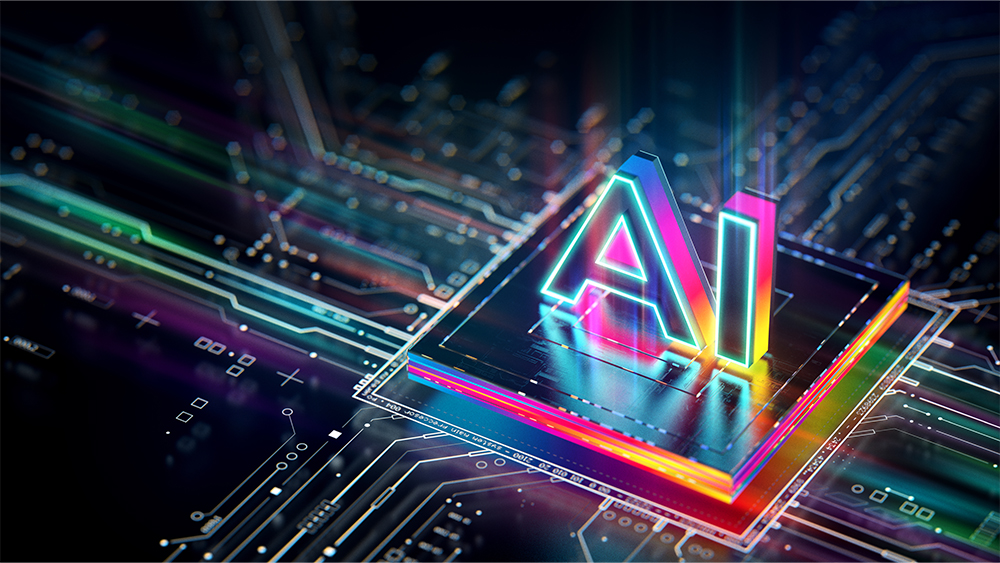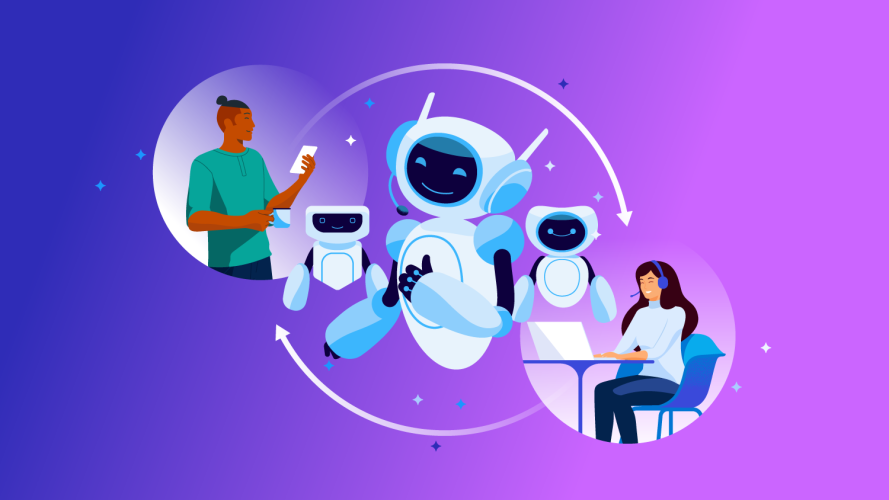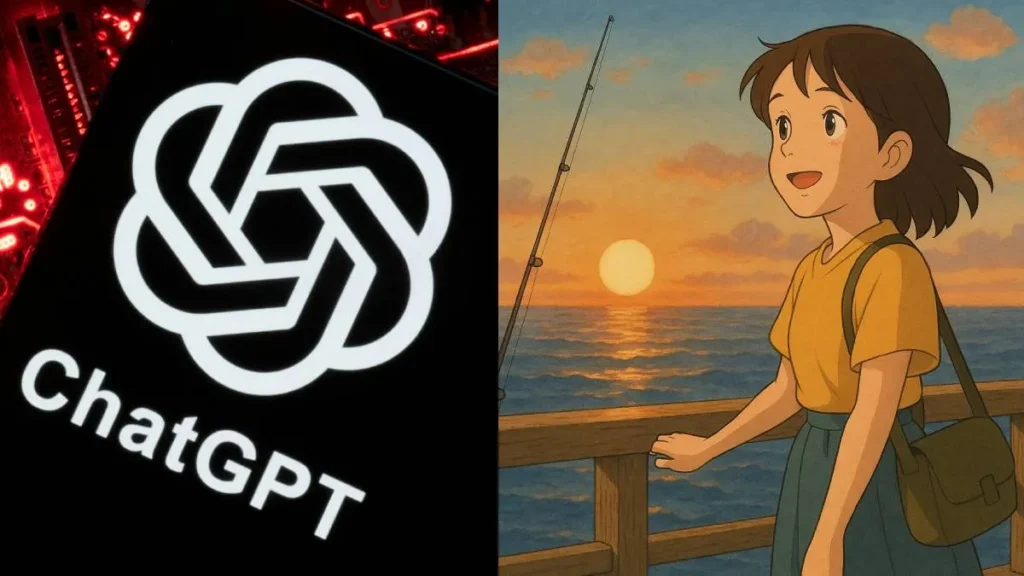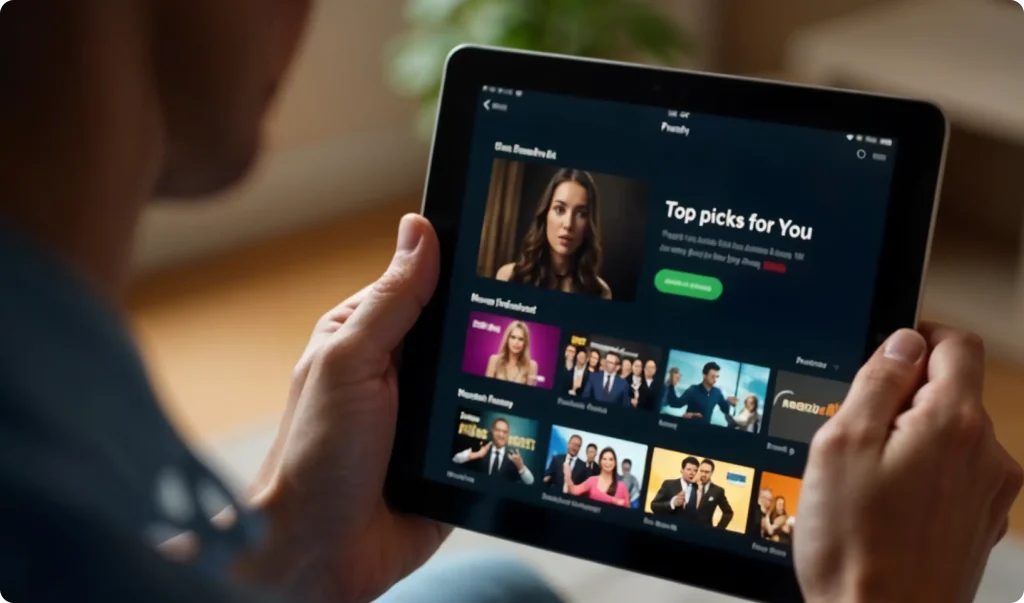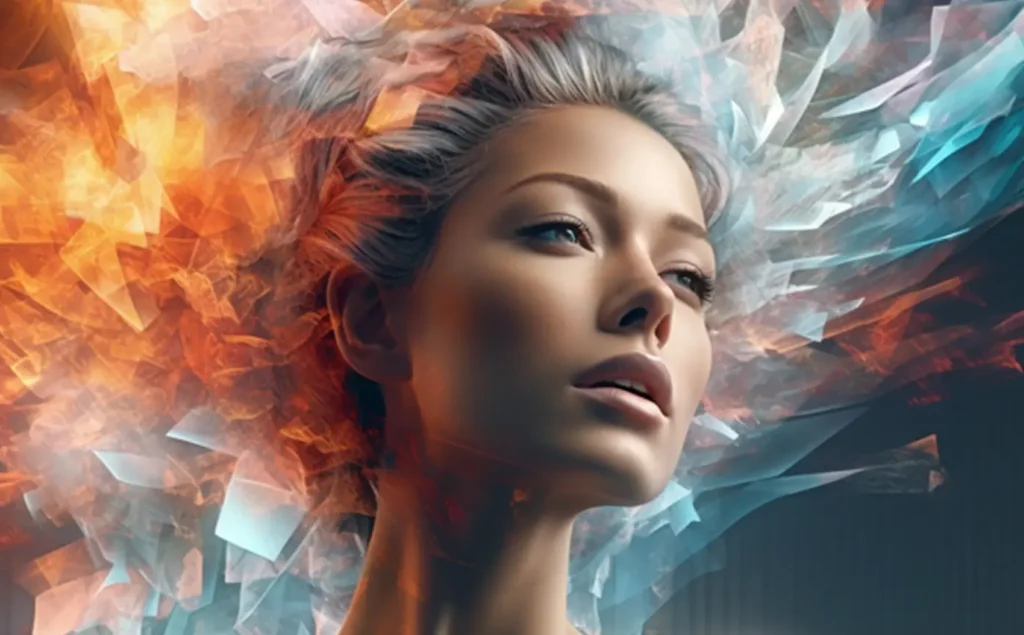The Rise of AI Muse: How Artificial Intelligence is Redefining Artistic Creativity
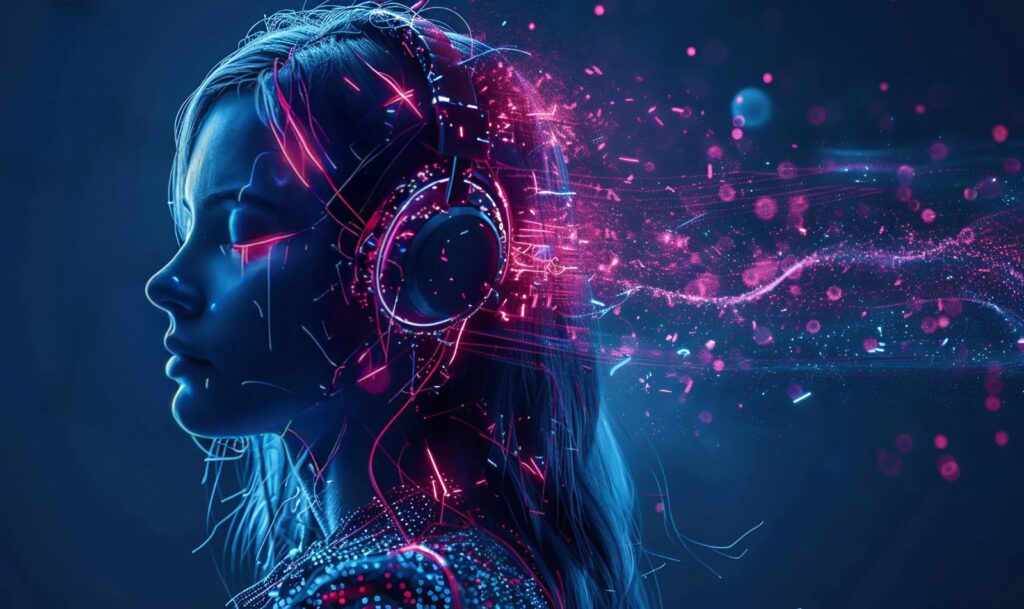
The Rise of AI Muse: How Artificial Intelligence is Redefining Artistic Creativity
The world of art, once a realm dominated by human emotions and subjective interpretation, is experiencing a profound shift. The advent of artificial intelligence (AI) in this domain is not only challenging traditional notions of creativity but also redefining the boundaries of artistic expression. As AI continues to evolve, it is increasingly taking on the role of a muse, inspiring both artists and audiences in unprecedented ways. In this article, we delve into the transformative impact of AI on the arts, exploring its potential to revolutionize creativity.
—
**Understanding AI in the Artistic Landscape**
Artificial intelligence, in its essence, refers to systems capable of performing tasks that typically require human intelligence. These tasks range from problem-solving and learning to perception and language understanding. In the realm of art, AI amalgamates these capabilities with creative processes, resulting in innovative outputs that captivate the imagination.
The integration of AI in art is facilitated by machine learning algorithms that analyze vast amounts of data. By learning from existing artworks, these algorithms can generate new pieces that mimic, innovate, or even challenge traditional styles. AI’s role in art is not limited to creation; it also encompasses curation, restoration, and analysis, offering artists tools that enhance their craft.
—
**AI as a Creative Partner**
The notion of AI as a collaborator rather than a mere tool is gaining traction among artists. By leveraging AI technologies, creators can break free from conventional ideas and explore uncharted territories. They are no longer constrained by their own artistic limitations but are instead empowered to push the boundaries of their imagination.
One prominent example is Google’s DeepDream, an AI software that transforms images into dream-like interpretations. Artists have used DeepDream to produce surreal artworks that reveal hidden patterns and abstract forms. This intersection of machine learning and human creativity presents intriguing possibilities for future art forms.
Perhaps the most fascinating aspect of AI as a creative partner is its ability to introduce randomness and spontaneity. Generative Adversarial Networks (GANs) are particularly notable in this regard. By pitting two neural networks against each other, GANs can create highly detailed and realistic images. These AI-generated pieces often surprise and inspire artists, leading to new waves of creativity.
—
**The Evolution of AI-Art Collaborations**
Collaborations between AI and artists are evolving in various intriguing ways. AI-driven tools are enabling creators to experiment with novel styles and mediums. For instance, the AI Portraits project allows artists to transform photographs into classical-style portraits reminiscent of the Renaissance era. This project exemplifies how AI can reinterpret traditional art forms for modern audiences.
AI has also made its mark in music composition. OpenAI’s MuseNet, a deep neural network capable of generating 4-minute musical compositions with 10 different instruments, showcases how AI can synthesize musical elements to create harmonious and original pieces. Musicians are embracing these AI-composed works, blending them with their own to produce innovative musical experiences.
In literature, AI is increasingly being used to generate poetry and prose. AI systems like GPT-3 are capable of crafting coherent stories, opening new possibilities for collaborative writing. By providing prompts or themes, writers can harness AI’s linguistic capabilities to expand their narratives beyond conventional storytelling.
—
**Challenges and Ethical Considerations**
Despite its potential, the rise of AI in the artistic realm presents several challenges and ethical concerns. The question of authorship is a primary concern. When a machine generates an artwork, who holds the rights – the artist, the software developer, or the AI itself? This ambiguity necessitates a reevaluation of copyright laws to accommodate AI-generated art.
Moreover, the use of AI in art raises implications about authenticity and originality. In a world where machines can produce replicas that are indistinguishable from human-created art, how do we define what is truly original? These questions challenge our traditional understanding of creativity and call for a reconsideration of what it means to be an artist.
There is also the concern about the cultural impact of AI-generated art. As AI systems are trained on existing data, they can inadvertently perpetuate biases and stereotypes. Ensuring diversity and representation in AI training datasets is crucial to prevent this new art form from reinforcing existing inequalities.
—
**The Future of AI and Artistic Creativity**
The future of AI in art is brimming with possibilities. As AI technology continues to advance, its integration into the arts will likely become even more sophisticated, yielding art forms that we cannot yet envision. Artists will continue to experiment with AI, exploring novel expressions while addressing the ethical concerns that arise.
The role of AI as a muse in the creative process provides artists with new tools and perspectives. By doing so, AI not only complements human creativity but also expands its horizons. As we embrace this evolution, it is essential to foster collaborations that honor both technological innovation and artistic integrity.
—
**Conclusion**
The rise of AI as a muse is a testament to the unyielding nature of artistic curiosity. By embracing AI, artists unlock new dimensions of creativity that challenge the status quo. As AI redefines the artistic landscape, it invites us to reconsider the nature of creativity itself – a fusion of human ingenuity and machine learning that promises to transform how we experience art.
In this dynamic interplay between art and artificial intelligence, the future is not an endpoint but a continuous journey of exploration and discovery. For artists and audiences alike, the fusion of AI and creativity is a canvas ready to be painted with infinite possibilities. As we move forward into this uncharted territory, one truth becomes evident: in the hands of the artist, AI is not merely a tool but an ever-inspiring muse.
